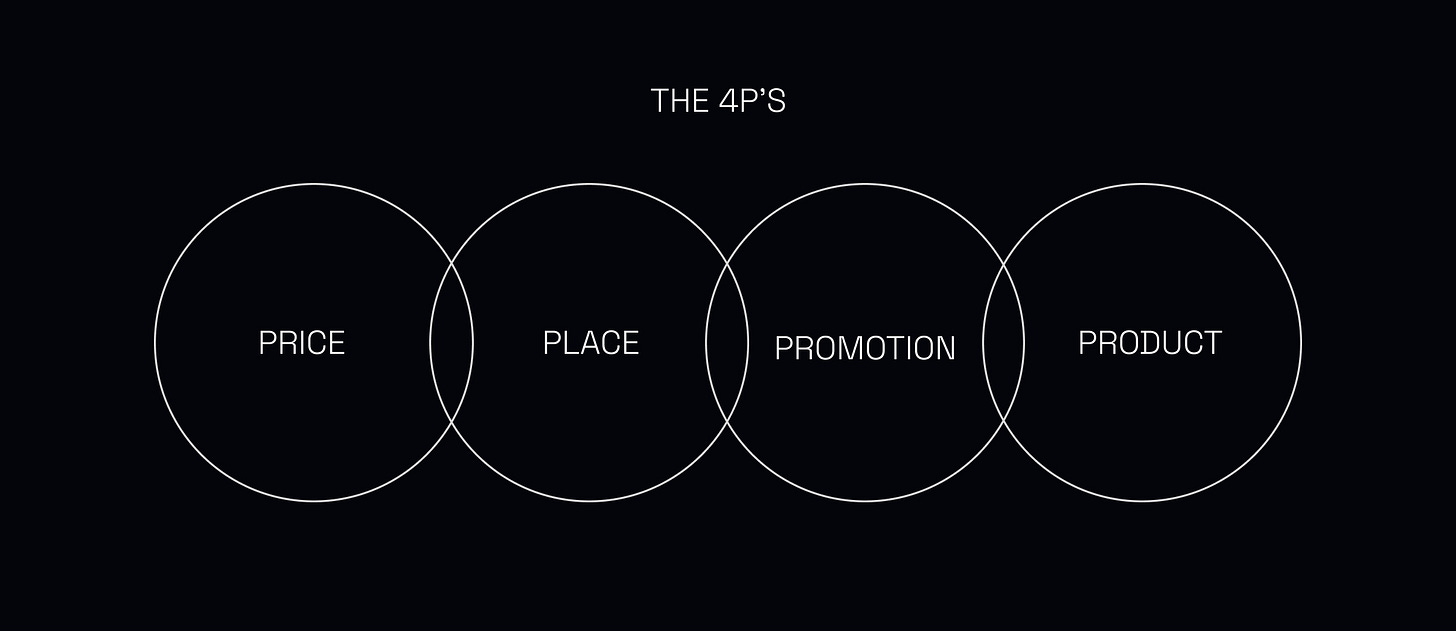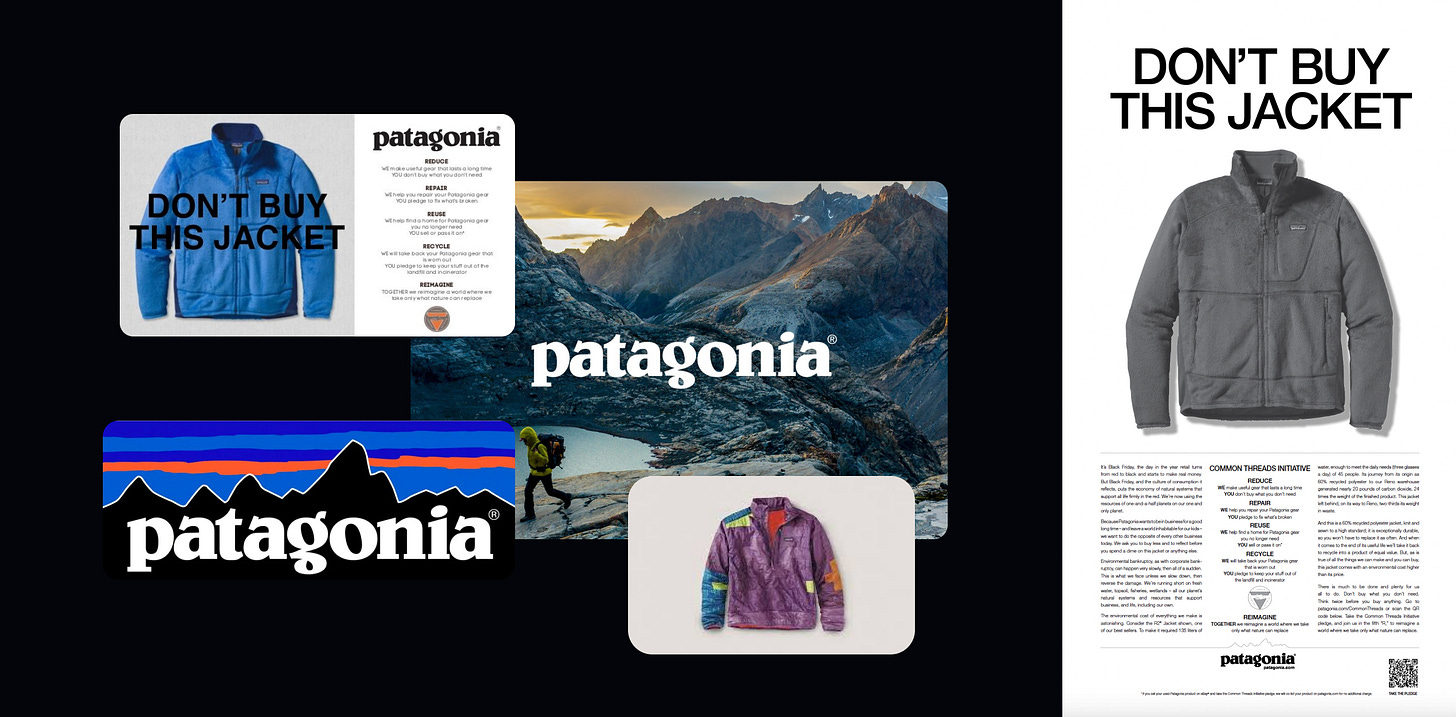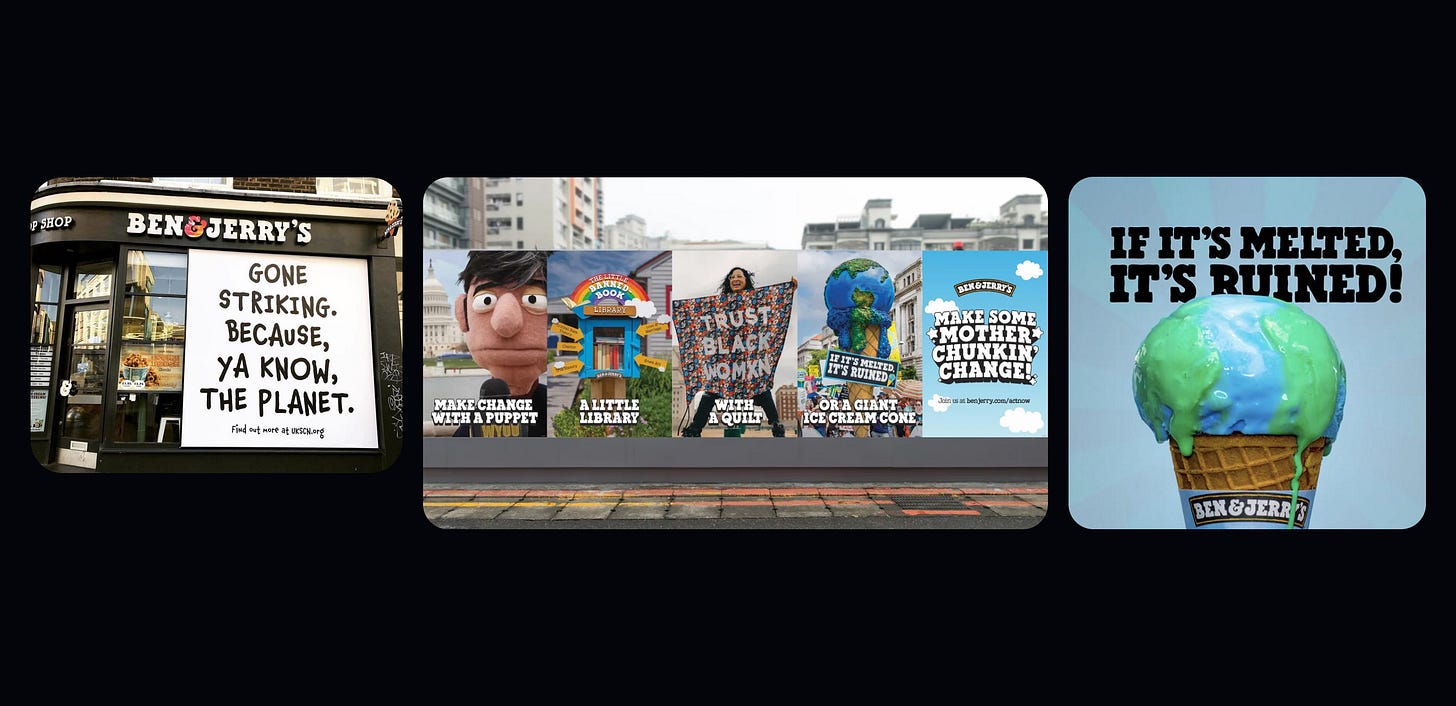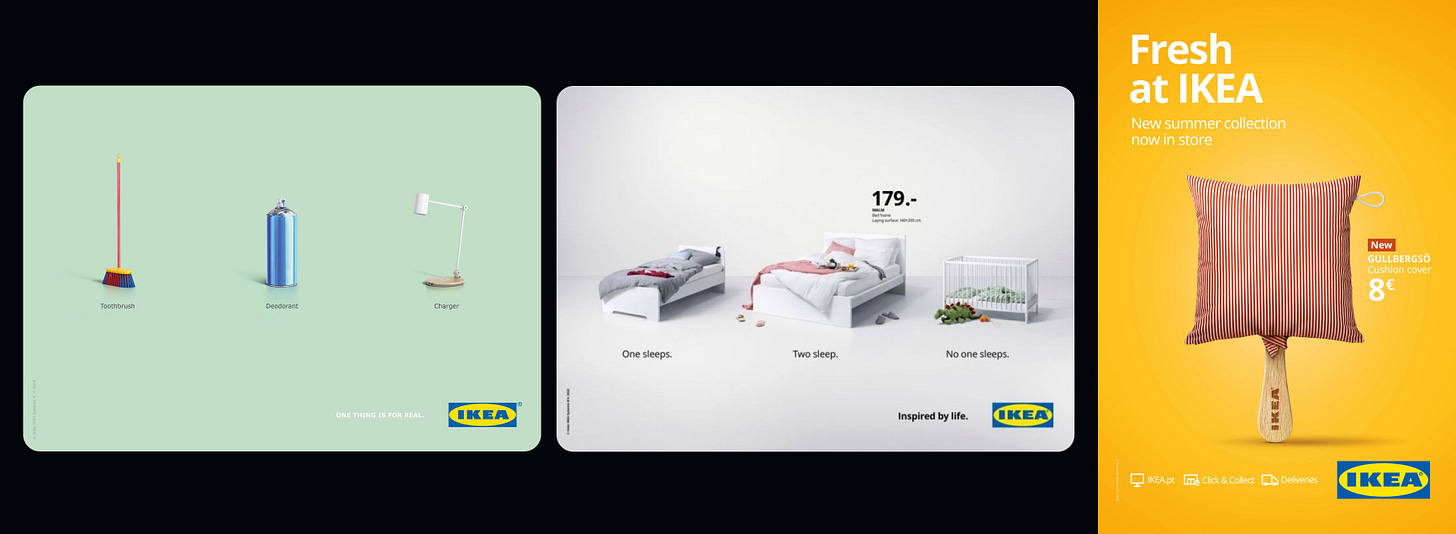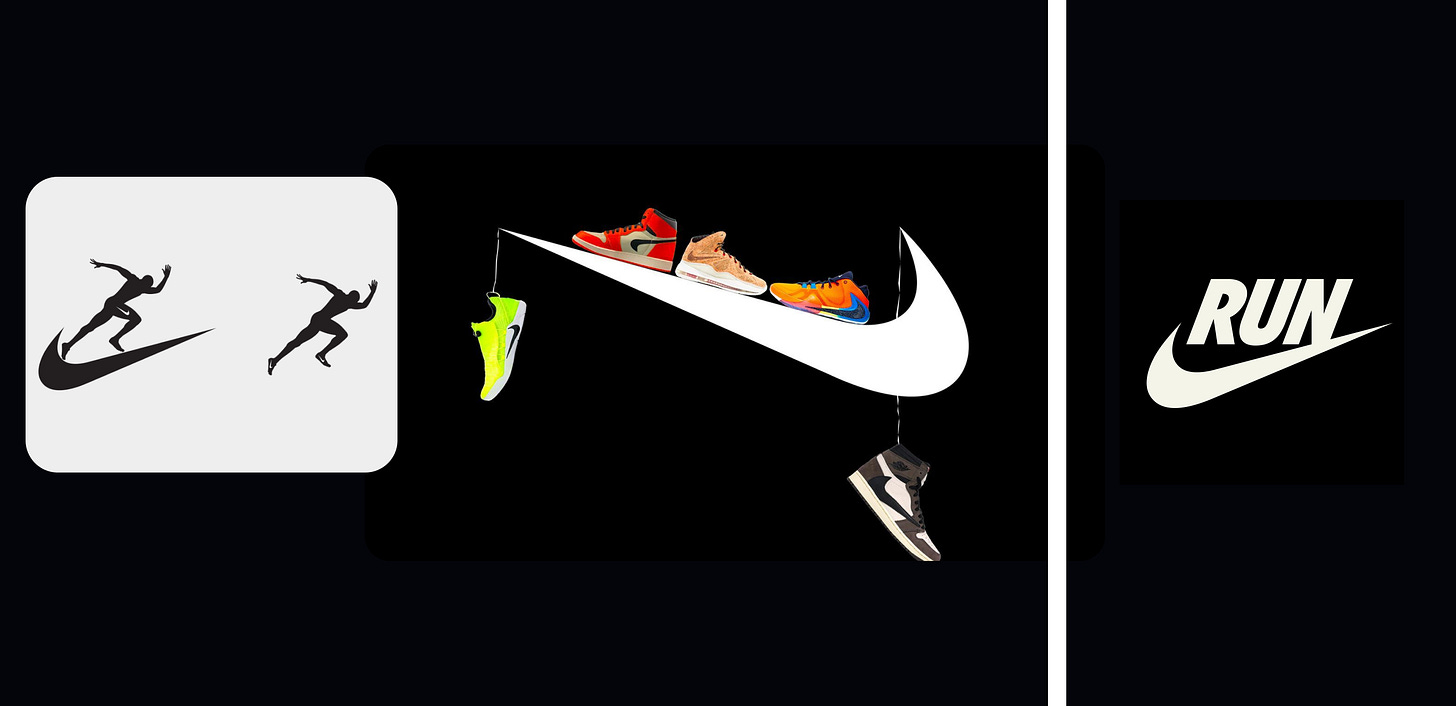There’s one essential truth when creating a brand that stands out and lasts: branding is more than aesthetics. It’s about strategically communicating your company’s story, personality, and values. Without a solid foundation—a clear value proposition, a defined strategy, and the right visual language—your brand risks becoming generic and forgettable.
When Personality Is Missing
No Emotional Connection: A brand without personality feels cold and unmemorable. People connect with personalities, not faceless products, and a lack of personality means customers won’t form a lasting bond.
Lack of Loyalty: Brands without a memorable identity are easily replaced. If your brand doesn’t stand for something distinctive, customers have no reason to choose you over competitors. Loyalty comes from creating something meaningful.
Nothing to Design or Visualize: Without a defined personality, there’s no authentic story to tell visually. Personality drives design choices—without it, you’re left with a brand that’s visually hollow, generic, and forgettable.
Generic Messaging: Without personality, a brand’s voice becomes weak and unremarkable. A unique voice helps a brand stand out, while a generic one fades into the noise.
Difficulty in Scaling: A brand with no core personality is tough to grow. Strong personalities give brands an edge, allowing them to expand influence and reach effectively.
A brand lacking personality won’t stand out. People connect with brands that feel relatable, authentic, and memorable. Visual communication plays a huge role in establishing this emotional connection, so if your visuals feel generic or uninspired, the brand likely will too.
Branding Starts with the 4 P’s
To build a brand with impact, the 4 P’s of marketing— Price, Place, Promotion, Product—are essential. They aren’t buzzwords; they’re the bedrock of effective branding. And it all starts with the product. Without a product that stands out or adds value, all the brand design in the world won’t save you.
Price: The visual presentation of a brand has to match its price point. Luxury brands often use refined color schemes and classic typography to underscore exclusivity and justify premium prices, while budget brands rely on brighter colors and friendly fonts to signal affordability.
Place: Where the brand lives—online, in boutiques, department stores—impacts its look and feel. Your brand design should resonate in the environment where people will interact with it. Brand design must consider how and where customers will encounter it to ensure the experience feels cohesive and intentional.
Promotion: Marketing strategies give visuals direction. Consistency is essential—your brand identity should be recognizable and relevant across every touchpoint, from social media to packaging. Your brand’s promotional channels and strategy help dictate its personality and voice.
Product: The product defines the brand. Visual branding brings your product’s unique qualities to life—whether it’s luxury, reliability, or innovation. Designers need to translate the product’s value into visuals that clearly convey, “This is exactly what you’re looking for.”
The 4 P’s aren’t just theory—they’re your starting point. Without them, your brand will feel disconnected, generic, and easily forgotten.
Crafting Brand Personality
A brand without personality is like speaking in monotone—it doesn’t connect. To create a lasting brand, visuals and messaging must feel like a distinct, memorable character. Here’s how to make your brand stand out:
Define a Clear Voice and Values
Your brand’s personality starts with defining a clear voice. Is your brand bold, playful, sophisticated, or down-to-earth? This tone should resonate with your audience and reflect your core values. Every design choice—from font to color to imagery—should communicate this personality.Tip: Identify if your brand is bold, playful, elegant, or grounded, and let this personality drive all design choices.
Example: Patagonia’s visuals and messaging reflect its eco-conscious values, resonating with like-minded customers who feel part of a greater cause.
Craft a Story That Sticks
Great brands tell an ongoing story that goes beyond individual campaigns. When customers see your visuals, they should feel like they’re getting to know a character—the personality that defines your brand. This storytelling approach builds emotional connections that keep customers engaged and coming back.Tip: Don’t rely on one-off campaigns; create an evolving narrative that grows with your brand.
Example: Ben & Jerry’s tells a story of social consciousness and playful creativity, using vibrant visuals and messaging to express its commitment to environmental and social causes. This narrative makes their brand feel approachable and purpose-driven.
Be Consistent Across Platforms
Consistency builds recognition and trust, helping customers form a clear understanding of who you are. If your tone or style shifts from one platform to another, it weakens your brand, making it harder for customers to connect. A unified design style and color scheme across all channels strengthen your brand’s personality.Tip: Use a consistent style, tone, and palette across all channels to build trust and recognition.
Example: IKEA’s minimalist colors, straightforward language, and practical vibe are consistent from its store layout to its social media presence.
Bring Personality to Every Detail
A great brand goes beyond a logo or color palette. Personality should come through in every interaction, from the style of your photography to the feel of your packaging to the tone of your social media captions. Each detail should reinforce the brand’s character and story.Tip: Go beyond logos—showcase personality through photography style, packaging, and even social media tone.
Example: Nike’s empowering personality is reflected in everything from bold visuals to motivational product designs. It’s not just a logo; it’s a lifestyle.
Personality isn’t an add-on; it’s the foundation that guides every design and communication choice. When done well, it becomes the heartbeat of a memorable, impactful brand that resonates deeply with customers.
In Summary
A successful brand is about much more than just aesthetics. It’s the intentional intersection of visual communication, marketing fundamentals, and personality. Without a clear personality, the brand is just a name. With one, it becomes a story that customers can connect with and remember.
+ Bonus section:
Essential Brand Book Checklist for a Startup’s Design System
A strong brand begins with a solid design system. Think of it as your brand’s visual toolkit—everything you need to ensure consistency and impact across all touchpoints. Here’s a checklist of must-have elements to create a cohesive and memorable identity:
Logo & Variations (Flexible versions for different use cases)
Color Palette (Defined primary, secondary, and accent colors)
Typography System (Fonts that reflect your brand’s tone)
Grid & Layout Guidelines (Structured templates for clean designs)
Iconography (A unique set of icons to enhance visuals)
Imagery & Illustration Style (Consistent visual themes and styles)
Button & Component Styles (Design for seamless digital interactions)
Illustration & Graphic Elements (Custom touches that set your brand apart)
Application Examples & Templates (Ready-to-use designs for marketing and communications)





